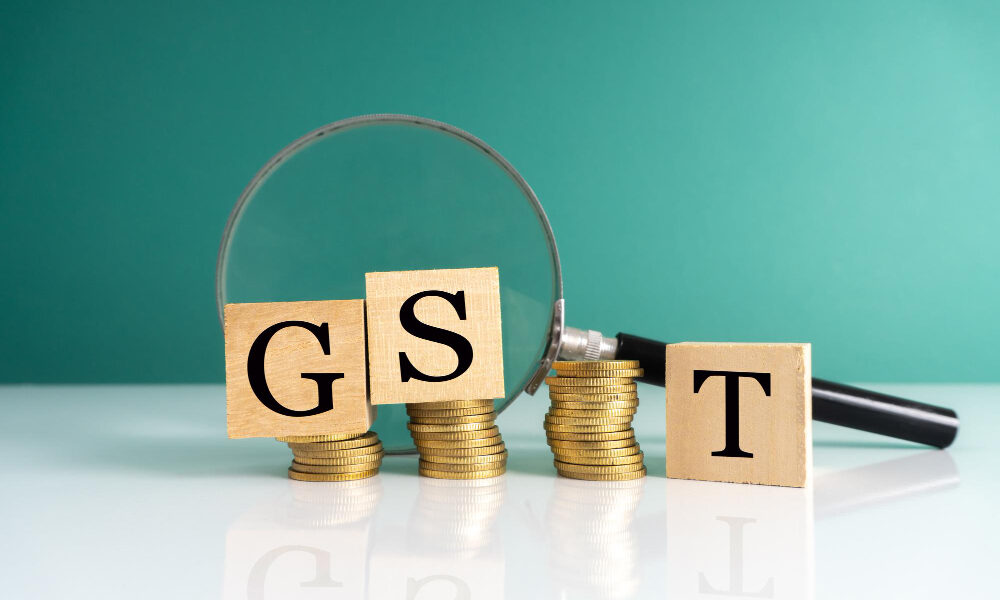GST Filing for E-Commerce Sellers: Everything You Need to Know

Introduction: Why GST Compliance is Crucial for E-Commerce Sellers
E-commerce in India has seen tremendous growth, with platforms like Amazon, Flipkart, and Meesho enabling businesses to reach customers nationwide. However, selling online comes with specific Goods and Services Tax (GST) compliance requirements, and failure to meet them can result in penalties, blocked payments, or even delisting from marketplaces. Unlike traditional businesses, e-commerce sellers have additional obligations, including mandatory GST registration, Tax Collected at Source (TCS) compliance, and multiple return filings. Understanding the GST filing process is essential to avoid unnecessary tax liabilities and ensure smooth operations.
This guide explains everything e-commerce sellers need to know about GST registration, return filing, TCS deductions, and common mistakes to avoid.
GST Registration for E-Commerce Sellers
E-commerce businesses in India must register under GST, regardless of their annual turnover. While regular businesses can enjoy the ₹40 lakh exemption threshold, e-commerce sellers must register from the first rupee of sales.
Who Needs GST Registration?
- Any seller supplying goods or services through an online marketplace. ● Businesses selling on platforms like Amazon, Flipkart, Myntra, or Paytm Mall. ● Dropshipping and print-on-demand sellers using third-party fulfillment services. ● Sellers supplying goods across multiple states.
GST Registration Process for E-Commerce Sellers
- Visit the GST portal (www.gst.gov.in) and apply for registration.
- Provide business details, PAN, bank account, and proof of address.
- Select the applicable business category (Regular, Composition Scheme not applicable for e-commerce).
- Receive GSTIN (GST Identification Number) after verification.
Once registered, sellers must include their GSTIN on all invoices and comply with TCS (Tax Collected at Source) rules.
Understanding TCS (Tax Collected at Source) for E-Commerce
Under GST, e-commerce marketplaces deduct TCS at 1% (0.5% CGST + 0.5% SGST or 1% IGST) before paying sellers. This means:
- If a seller earns ₹1,00,000 in sales, the marketplace deducts ₹1,000 as TCS and remits ₹99,000 to the seller.
- This TCS is deposited with the government and reflected in the seller’s GSTR-2A/2B. ● Sellers must claim the TCS credit while filing GSTR-3B to adjust their tax liability.
GST Return Filing Requirements for E-Commerce Sellers
E-commerce sellers must file multiple GST returns every month. The key returns include:
- GSTR-1 (Outward Sales Reporting)
- Filed monthly (for businesses above ₹5 crore turnover) or quarterly (for small businesses).
- Includes details of invoices, B2B and B2C sales, and taxable amounts. ● Must match the sales data reported by the marketplace.
- GSTR-3B (Tax Payment & Summary Return)
- Filed monthly to declare sales, input tax credit (ITC), and net tax payable. ● TCS collected by marketplaces should be claimed here.
- Tax liability must be paid before filing.
- GSTR-9 (Annual Return)
- A yearly summary of all GST transactions.
- Mandatory for sellers with turnover above ₹2 crore.
- Helps in reconciling tax liabilities for the entire year.
- GSTR-8 (TCS Return by E-Commerce Platforms)
- Filed by the marketplace, detailing TCS deductions from sellers.
- Sellers should reconcile this with GSTR-2A/2B to ensure accurate tax credit claims.
Input Tax Credit (ITC) for E-Commerce Sellers
One of the biggest advantages of GST is Input Tax Credit (ITC), which allows businesses to claim credit for the GST paid on purchases. For e-commerce sellers, this means:
- Claiming GST paid on packaging materials, advertising costs, and warehousing expenses.
- ITC can be adjusted against the GST payable in GSTR-3B.
- However, ITC can only be claimed if vendors file their GSTR-1 correctly.
Common GST Challenges for E-Commerce Sellers
Despite its benefits, GST compliance can be complex for online sellers. Some common challenges include:
- Managing Multiple GST Returns – Unlike offline businesses, e-commerce sellers deal with TCS reconciliation, multiple filings, and GST rate variations.
- Mismatch in Marketplace & Seller Records – Errors in invoice reporting between the marketplace and seller’s records can trigger notices.
- Claiming ITC on Marketplace Fees – Many sellers forget to claim ITC on platform fees (like Amazon referral fees or Flipkart commission).
- Interstate Sales Compliance – Since e-commerce sellers often sell across multiple states, they must charge IGST correctly and maintain proper records.
- Handling GST on Returns & Cancellations – Sellers must adjust GST liabilities for returned or canceled orders.
How to Avoid GST Penalties & Notices?
To stay compliant and avoid GST-related issues, e-commerce sellers should:
- Regularly reconcile GSTR-2A/2B with purchase records to claim ITC correctly. ● Ensure invoice details match the marketplace records to prevent mismatches. ● Keep track of TCS credits in GSTR-8 and claim them in GSTR-3B.
- File GST returns on time to avoid late fees and interest.
- Use GST compliance tools or professional assistance to simplify tax filing.
Conclusion: GST Compliance is Key to Smooth E-Commerce Operations
For e-commerce sellers, GST compliance is more than just tax filing—it ensures smooth business operations, prevents unnecessary tax liabilities, and helps in claiming rightful tax credits.
Online sellers can avoid common mistakes and optimize their tax savings by understanding the GST registration process, return filing requirements, TCS deductions, and ITC claims. With proper planning and timely filings, e-commerce sellers can focus on growing their business without worrying about tax complications.

Source: GST Filing for E-Commerce Sellers: Everything You Need to Know




